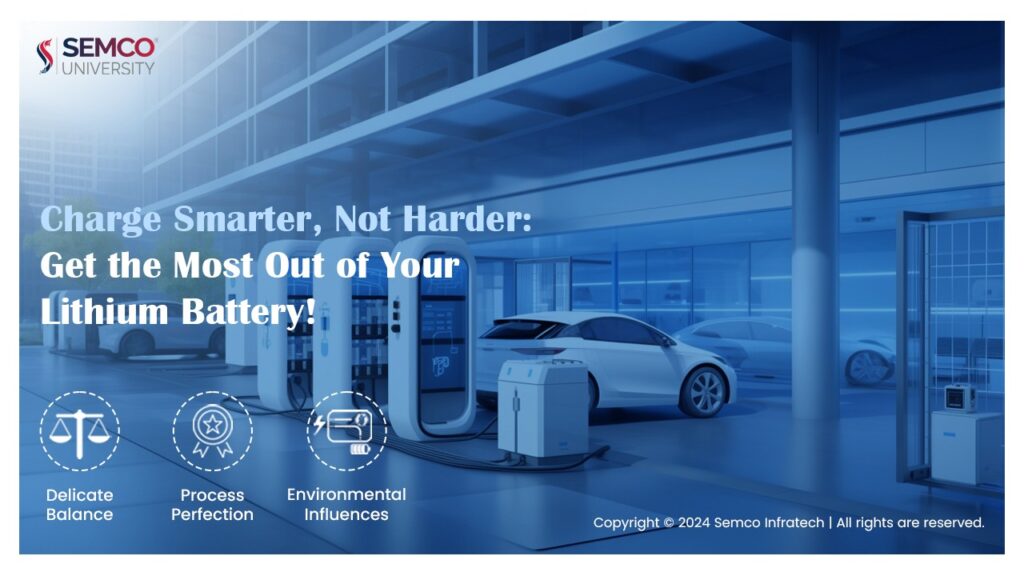Lithium battery technology has revolutionized our world, but sometimes, these batteries fall short of their expected capacity. This not only impacts performance but also shortens their lifespan. Let’s delve into the reasons behind this and explore solutions for optimal battery health.
The Delicate Balance: Electrode Quantity
The amount of negative electrode material used during manufacturing plays a crucial role. Too much or too little can lead to lithium precipitation on the negative electrode surface, forming a thin layer that hinders battery capacity and charging efficiency. While excessive negative electrode can slightly reduce positive electrode performance, it’s less common. To address this, optimizing the injected liquid amount can improve battery performance. However, cost reduction shouldn’t compromise quality; focus on maintaining core performance while streamlining the process.
Process Perfection: Avoiding Manufacturing Mishaps
Errors at any stage of manufacturing can significantly impact battery capacity. Issues like insufficient coating on the positive or negative electrode, uneven surfaces, rolling-induced structural damage, or excessive water content can all lead to low capacitance. A light coating on the positive electrode directly affects stability and capacity. Identifying this can be done by comparing the weight ratio of single and double-sided electrodes after baking when excessive or insufficient negative electrode is a concern. Uneven coating can be corrected by optimizing the coating process. Excessive water content damages the SEI film and consumes lithium salt, reducing capacity. Stringent control of process parameters is vital to prevent these issues.
Unveiling the Culprit: Material Matters
Beyond process factors, the materials themselves play a key role. This includes the choice of positive electrode materials, the purity of negative electrode materials, and the properties of the electrolyte. The crystal structure, particle size, and morphology of the cathode material all influence how efficiently lithium ions are inserted and extracted, impacting capacity. Impurities in the negative electrode material increase internal resistance, reducing capacity. Additionally, the electrolyte’s conductivity, stability, and compatibility with electrode materials affect overall battery performance. Choosing the right materials and ensuring their quality are paramount for maximizing battery capacity.
Environmental Influences: Temperature Matters
Environmental factors, especially temperature, can also affect battery capacity. High temperatures increase electrolyte penetration into the electrode material, accelerating battery aging. Conversely, low temperatures make the electrolyte more viscous, hindering lithium ion movement and affecting capacity and charging/discharging performance. For optimal battery life and stable capacity, aim to store and use lithium batteries within a suitable temperature range.
Charge Control: A Balancing Act
The state of charge significantly impacts battery performance. Overcharging alters the cathode material’s structure, accelerating capacity decline. Over-discharging depletes lithium ions on the negative electrode surface, forming lithium dendrites that not only reduce capacity but also pose safety risks. Proper charging control is crucial. Implementing smart charging technology effectively prevents overcharging and over-discharging, extending battery life and maintaining stable capacity.
The Cycle of Life: A Gradual Decline
The number of charge and discharge cycles a battery experiences impacts its capacity. Over time, capacity gradually decreases due to factors like electrode material structure changes and electrolyte decomposition. Improving electrode materials, optimizing electrolyte formulas, and refining battery structure are key research areas to extend the cycle life of lithium batteries.
The Road to Improvement: A Multifaceted Approach
In conclusion, several factors contribute to low lithium battery cell capacity. To achieve optimal performance and stability, we need to understand the influence of process factors, material selection, environmental conditions, charging practices, and cycle life. Effectively solving the issue requires a multi-pronged approach: process optimization, appropriate material selection, maintaining a suitable ambient temperature, proper charging control, and continuous improvement of battery cycle life. Additionally, strengthening research and technological innovation remain crucial for the advancement of lithium battery technology.

